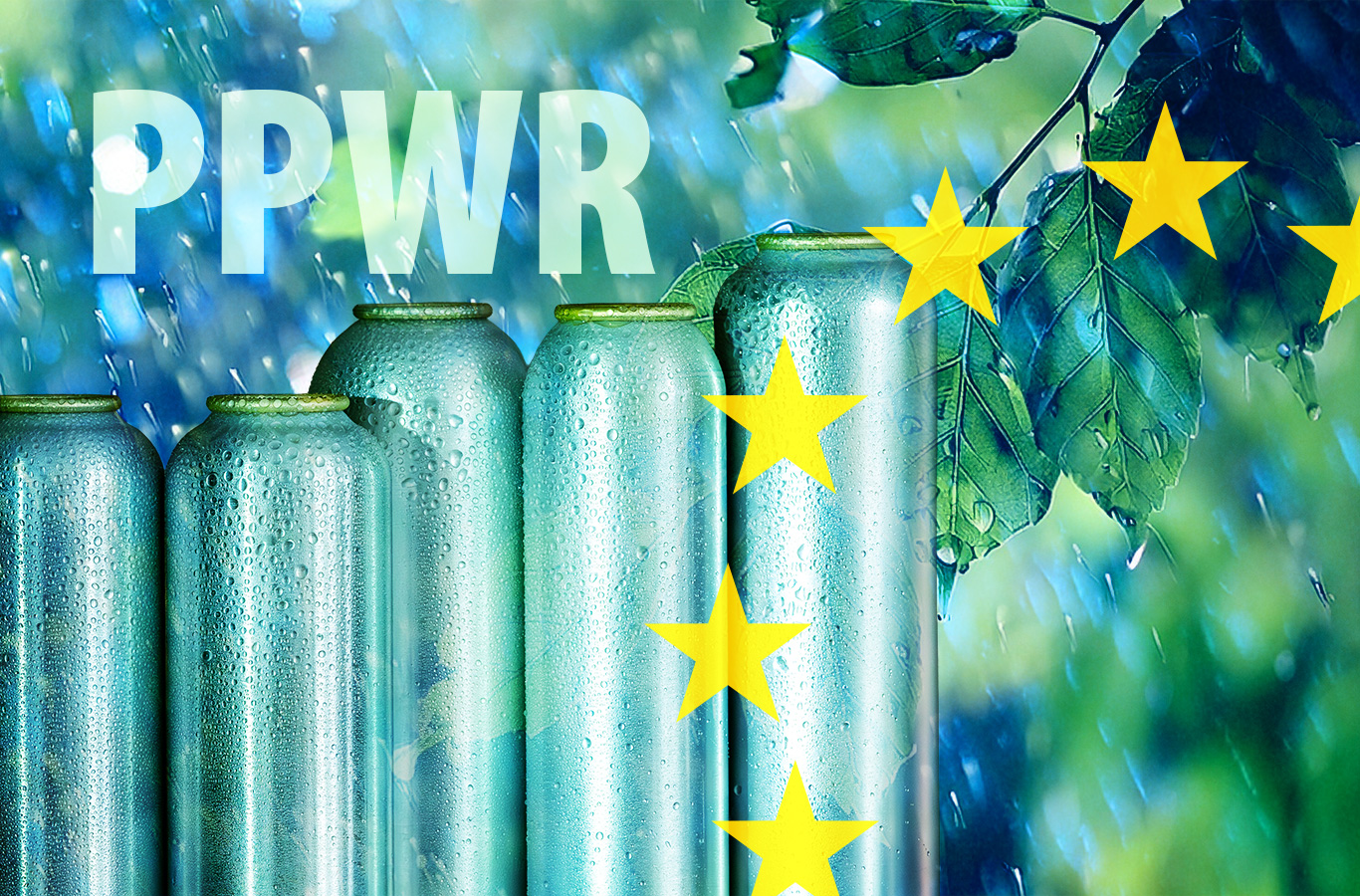


With the final adoption of the EU Packaging and Packaging Waste Regulation (PPWR), a new regulatory landscape is taking shape for the packaging industry. For the aluminium aerosol can sector, the PPWR introduces both challenges and opportunities—especially in the realms of recyclability, material minimization, and compliance obligations.
One of the core obligations under this regulation is the requirement for a conformity assessment procedure, as outlined in Article 38, along with the necessary technical documentation, referenced in Annex VII. Before placing any product on the market, brand owners must demonstrate conformity with Articles 5 to 12 of the regulation, which cover critical areas such as material content, recyclability, and labeling.
Many experts consider Article 6, dealing with recyclability of packaging, as the cornerstone of the PPWR. The EU-Commission announced that it will publish a delegated act detailing the Design for Recycling (DfR) criteria for the different packaging formats and materials by 2028, which will be written by an expert group formed from the EU Joint Research Centre (JRC) experts and other stakeholders. Moreover, a harmonized method for calculating the recyclability performance grades will be also detailed in this delegated act.
Recyclability is no longer a vague ambition—it’s a regulated requirement. To be allowed on the EU market starting 2030, Article 6 mandates that packaging must achieve recyclability performance grades of A (≥ 95 %), B (≥ 80 %) or at least C (≥70 %), based on compatibility with real-world recycling systems. By 2038, only grades A and B will be acceptable. Moreover, brand owners will be obliged to pay eco-modulation fees as part of an Extended Producer Responsibility (EPR) scheme based on the grades of the packaging they put on the market. This emphasizes the need for holistic design strategies and advanced collaboration across the value chain.
Due to the great significance of these new requirements for the aluminium packaging industry, major industrial associations within the sector have agreed on the importance of active participation in shaping the future of the sector, through a science-based approach that ensures compliance with the PPWR without significant disruptions or negative impacts on the industry. In this context, the European Aluminium Foil Association (EAFA) and the Aluminium Closures Group, AEROBAL, the european tube manufacturers association (etma), as well as European Aluminium and Metal Packaging Europe (MPE) have commissioned Cyclos-HTP Institute (CHI) to discuss recyclability and to develop D4R guidelines, focusing on packaging applications involving aluminium.
The core concept of the still ongoing study is to bridge the gap between qualitative design guidelines, which are based on categorical evaluations and expert opinions and quantitative recyclability assessments, which are grounded in data and measurable outcomes. To close the existing gap, the proposed model emphasizes a shift to a measurement-based approach, where actual recyclability becomes the key factor for both Design for Recycling (DfR) guidelines and recyclability assessments.
Recyclability is calculated based on the weight of the entire packaging unit, including all components, but excluding residual contents. The study also highlights that it is very important for design requirements and recyclability assessments to align with the physical and chemical realities of packaging and recycling processes, such as separation, melting, and purification, to ensure packaging meets practical recycling standards. Through this extensive study, the aluminium packaging industry is hoping to deliver its message to the authorities.
This study serves as a valuable contribution, proposing a realistic approach to the Commission to consider while creating the recyclability delegated act. Through this practical framework and similar contributions from packaging associations representing other packaging materials (plastic, glass, paper, etc), the packaging industry can ensure that its voice is heard. Hopefully, through open dialogue and cooperation, we can create a delegated act that promotes sustainability while also remaining technically and economically feasible for the industry.